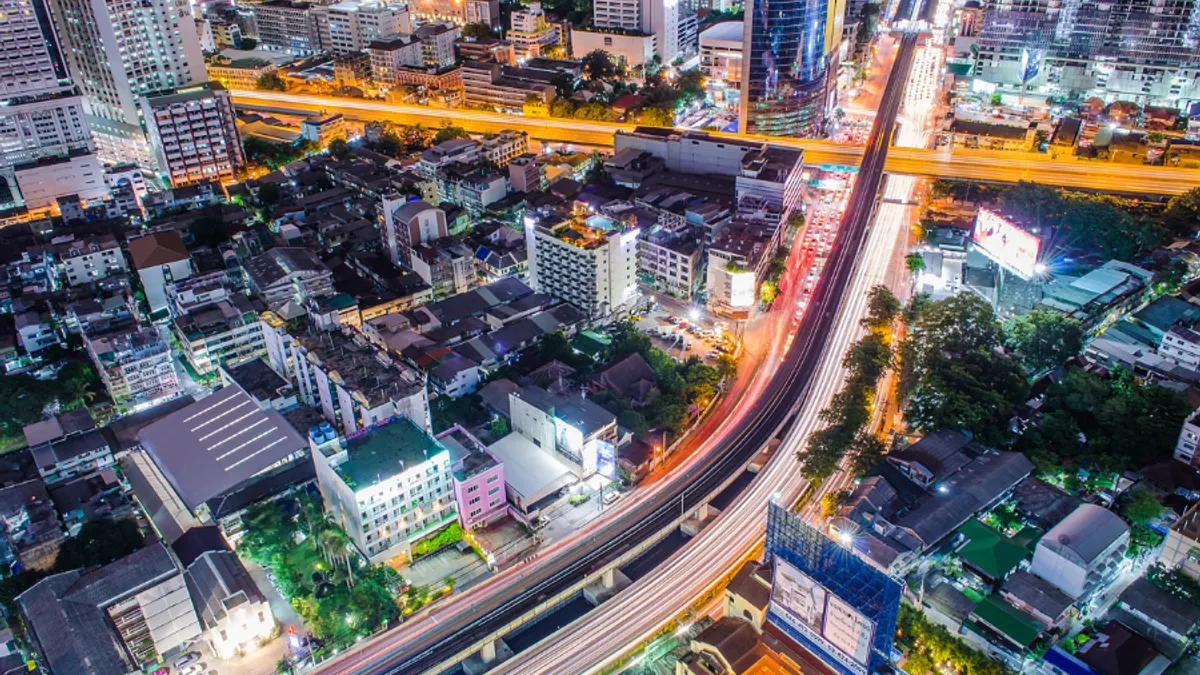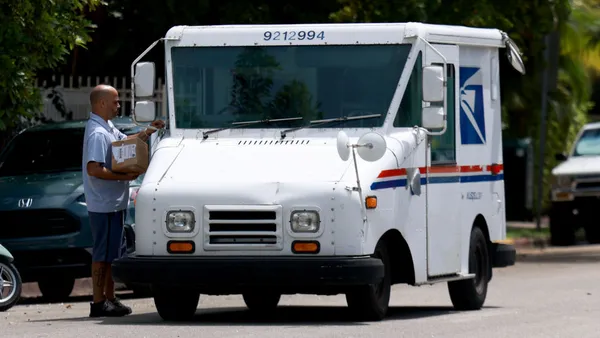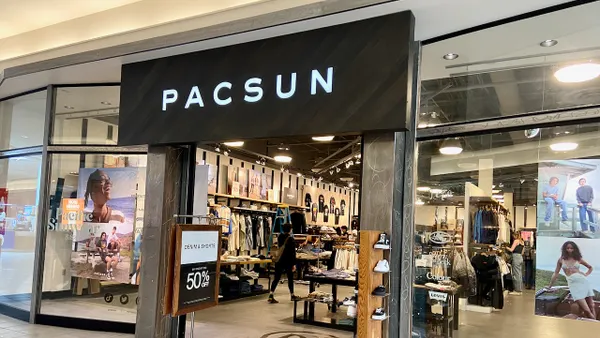This is a contributed op-ed written by Aaron Terrazas, the director of economic research at Convoy and formerly a senior economist and director of economic research at Zillow and an economist at the U.S. Treasury Department’s Office of Economic Policy. Opinions are the author's own.
Over the last decade, high-wage job growth — the key driver of growth in consumer spending — has concentrated in the nation’s largest urban areas. With the sweeping societal shifts sparked by the COVID-19 pandemic, particularly remote work allowing many to work from more affordable locations, this could change.
The last year has been traumatic for supply chains. First, there was the supply shock of the ongoing U.S.- China trade war. Then, just as the supply outlook began to stabilize, the demand shock of the pandemic hit: The consumer-run on household goods, followed by a once-in-a-century drop in factory output.
With the crisis seemingly in the rearview mirror, it may feel like the worst is over. However, a second, slower-moving — but perhaps more enduring — demand shock is just starting to unfold. Supply chains will need to adapt.
In a post-COVID-19 world, dense urban labor markets don’t mean the same thing they used to. Nearly 40% of jobs can be done remotely and according to the results of a survey of businesses conducted by the Federal Reserve Bank of Atlanta in May, work from home could triple as the U.S. economy finds a new equilibrium. That number is expected to increase as the trend becomes more widely accepted across industries and new technologies make virtual interaction less awkward than it was in the recent past.
The historic link between where we live and where we work is still there, but it’s more tenuous than ever before. Supply chains will follow the spending, and the spending will follow the jobs.
It’s an open debate whether this will mean a return of young professionals moving into the suburbs and a de-gentrification of cities, or a new gilded age of small towns and rural communities. But for supply chains, there are two obvious implications regardless of how it plays out.
First, more dispersed consumers will make recent industry-wide efficiency gains all the more difficult. For parcel carriers, it will mean longer distances, more emissions, and more time between deliveries pushing up carrying costs.
For truckload carriers, it will mean longer distances running empty between consecutive loads. This makes efficiency-enhancing innovations — such as the stitching together of adjacent loads using algorithms to reduce unloaded miles, or flagging loads with flexible pickup or dropoff windows to increase the probability that they will be inserted most efficiently into a driver’s schedule — all the more important.
Second, distribution networks that have been built to service urban consumers might find that capacity utilization has dipped, while capacity at distribution facilities for rural areas could experience growing pains.
Anyone who has spent a summer weekend at the beach or a winter weekend in the mountains is familiar with empty shelves at small-town grocery stores overrun by tourists. Urban consumers accustomed to a dizzying array of product choices may have to adapt to fewer options and the occasional temporary shortage. Distribution networks will adjust over time: Stores will add space and deliveries will become more regular. But expect growing pains.
Beyond the long-term implications of the COVID-19 pandemic for the geography of consumer demand, there are other more concrete ways that the past few months have already transformed the way freight operates. The unique dimensions of this crisis — with its focus on preventing disease transmission — have accelerated a technological shift that was already underway, pushing the trucking industry toward paperless and touchless transactions, electronic bills of lading, and a renewed appreciation for the frontline work that cannot be done from the safety of home.
For any dynamic, growing economy the only constant is change. The freight industry stood still for decades, but it is increasingly clear that the rapid-fire sequence of traumatic shocks over the past two years is more than a momentary blip. They represent a profound and enduring shift in what, how, and where Americans consume and produce.














